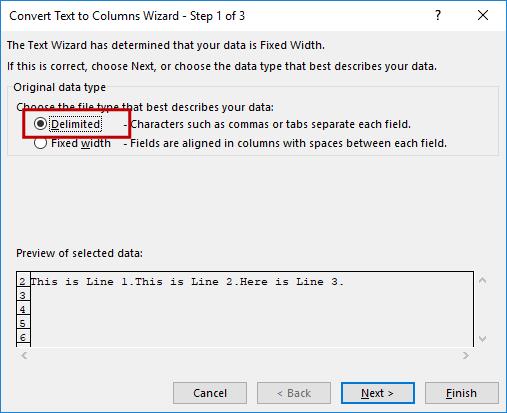

- #Carriage return in excel mac os how to#
- #Carriage return in excel mac os code#
- #Carriage return in excel mac os windows#
This is it from this article, where we have seen how to add the carriage returns/line breaks in a text and also have seen various ways to remove carriage returns from a cell. This formula removes carriage return from cell E2.

Step 1: We all know how to concatenate the cells in Excel. Therefore, we will use the CHAR function, which allows you to add the special characters within the cells. However, it does not make any sense to add the line breaks using the Alt + Enter method when we are using a formula to combine the cells. Well, it is obvious that we need to use the concatenate operator to combine the data from different cells.

Suppose we have data as shown below, where we have different fields stored in different columns, and we need to combine those in a single cell but with carriage return/line break. Example #2 – Insert Carriage Return in Excel using a Formula This is by far the simplest way to add the carriage return/line breaks within a cell inside Excel. The text now should look like the one below: Step 4: Repeat Step no 2 to add a line break or carriage return after the second comma. In this case, place a cursor before NY, or you can say after the second comma. Step 3: Now, again, place a cursor at the place where you wanted a line a break and the content to be moved to the next line. Step 2: Now, hold the Alt key and then press the Enter key to break the line at the point where we have placed the cursor.

Step 1: Press the F2 key to take the cell in edit mode and place the cursor at the place from where you wanted to break the line or the place after which you wanted the data to push on a new line. Where multiple lines are included within the same cell, and each line is separated with a comma. Suppose we have data as shown below in cell A1 of the worksheet. ANSI includes the same ASCII codes 0-127, and adds an additional 128 characters (128-255) to handle special characters which can change based on the language being represented.Example #1 – Insert Carriage Return using Keyboard Shortcuts
#Carriage return in excel mac os windows#
The first 32 characters are non-printing "control codes", most of which are no longer used, with the exception of the carriage return (13), line feed (10), and tab (9).ĪNSI (American National Standards Institute) is a generic term for 8-bit character sets, the default in Windows 95 and Windows NT. These include the numbers 0 to 9, lowercase a-z, uppercase A-Z, and punctuation. The original ASCII specification encodes 128 characters into numbers.
#Carriage return in excel mac os code#
ASCII stands for "American Standard Code for Information Interchange" and is a 7-bit character set that contains characters from 0 to 127. The numbers returned by the CHAR function come from ASCII. CODE performs the reverse of CHAR, taking a character as text and returning a number.


 0 kommentar(er)
0 kommentar(er)
